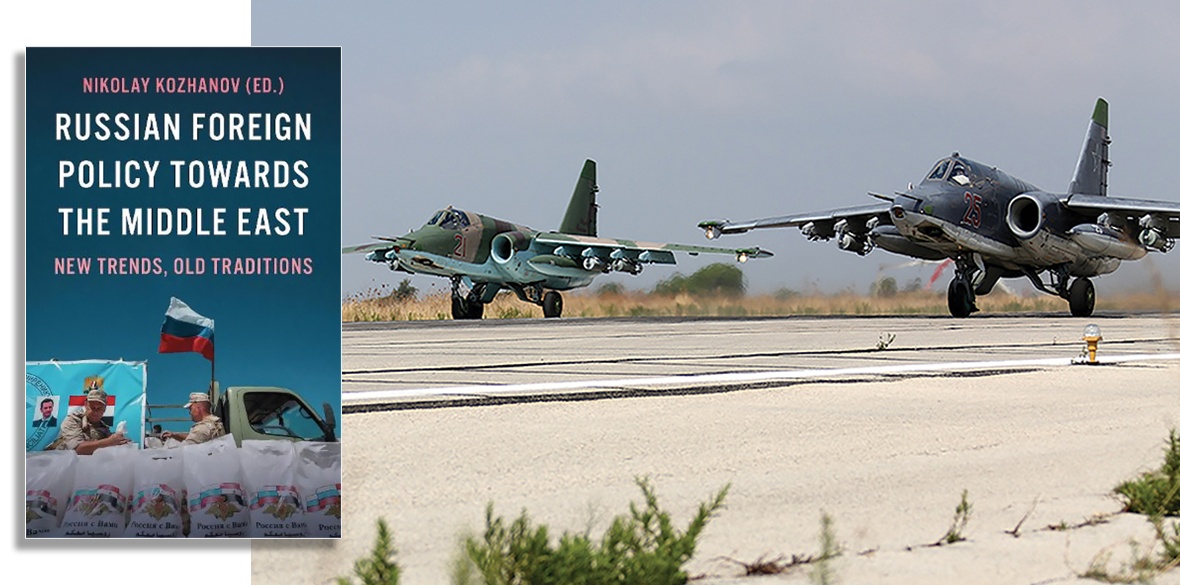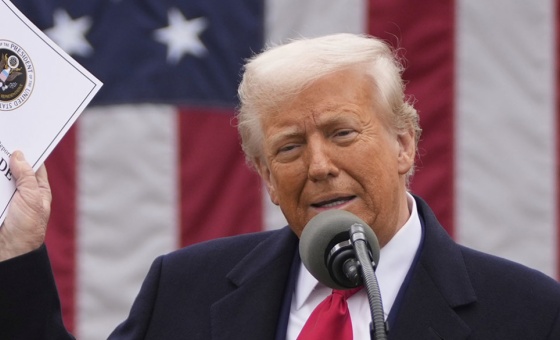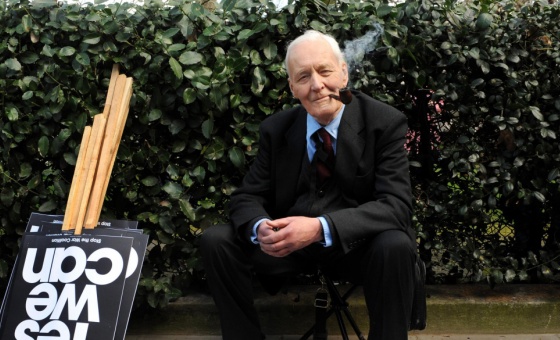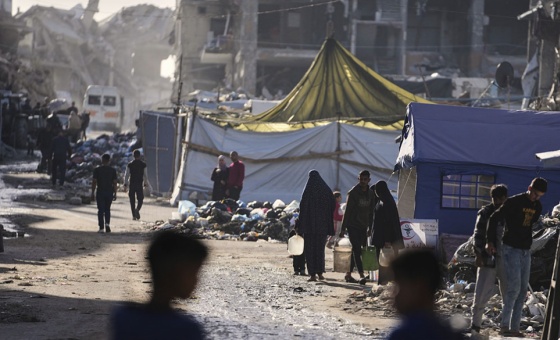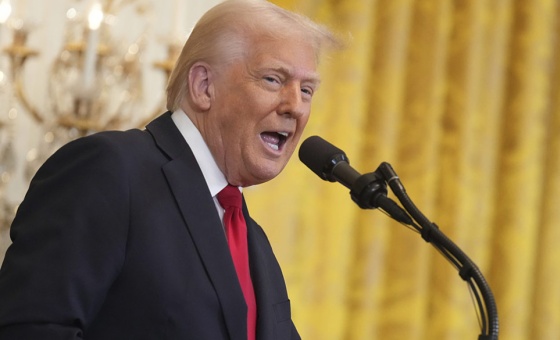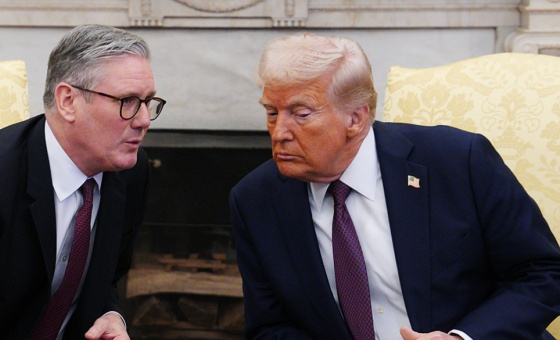This is the last article you can read this month
You can read more article this month
You can read more articles this month
Sorry your limit is up for this month
Reset on:
Please help support the Morning Star by subscribing here
Russian Foreign Policy towards the Middle East: New Trends, Old Traditions
Edited by Nikolay Kozhanov
Hurst £25
WHILE there is still no hard evidence that Syrian mercenaries recruited by Russia have arrived in Ukraine or started fighting there, there is no doubt thousands have signed up to do so.
Reports have proliferated since March that Moscow is using its close ties with the regime of Bashar al-Assad to source a new supply of potential cannon fodder for its Ukrainian adventure.
There is nothing new about Syrian fighters serving as mercenaries abroad in countries such as Libya on behalf of Russian foreign policy interests, often under the cloak of deniability and at low cost.
But this relationship seems set to strengthen as Russia — buoyed by its interventions on behalf of the Damascus regime, but hard-pressed in terms of manpower closer to home — taps into the fruit of its raised profile in the Middle East.
The Syrian conflict can be seen as setting a precedent for Moscow’s policy in the region: not only did Russia greatly increase its military presence, focusing on the use of air power unlike the priority given in the Soviet era to ground forces, Vladimir Putin also gained confidence in his ability to proactively affect the behaviour of Western and regional powers.
Indeed, Moscow’s military involvement on behalf of Assad prompted some regional actors to begin regarding Russia as a “third power” capable of brokering novel deals, thereby eroding the US and EU monopoly on influence.
Politically, however, Russia has been on more shaky ground since the end of Syria’s hot war. Its ability to affect developments faces growing challenges created by regional powers such as Iran and Turkey, disappointment among allied warlords in Libya, and growing unease in Israel where Moscow has inveigled its way into domestic politics.
Russia’s weak economy also greatly curtails its influence.
This collection of essays edited by Nikolay Kozhanov sketches out the history and parameters of Russian involvement in the Middle East and how its sees its future role. It fills a major gap in understanding at a critically important moment: the Ukrainian invasion might arguably be seen though a lens shaped by Russia’s Syrian experience, and the calculus of the Ukrainian conflict will undoubtedly have implications for Damascus.
Moscow considers its ties in the region as another bargaining chip in its wider relations with the US and EU.
The Middle East offers leverage vis-a-vis the West, a potential source of investment to spur Russia’s broken economy, is essential for its oil diplomacy, and has grown in importance for its security.
But new factors are also now shaping policy, not least the role played by Russian hydrocarbons giants such as Gazprom in Libya and Rosneft in Iraq.
One of the most pressing questions that readers will ask concerns future ties with Iran. Contrary to Western reflexes interactions have been ambiguous and at times prickly, yet as Ghoncheh Tazmini argues in the book these countries share a worldview opposed to a US-led liberal international order, meaning the relationship is certain to endure.
As are Russia’s constantly adapting efforts to maintain a diplomatic and security foothold and punch above its weight in a rapidly changing region — if not to expand its influence there, certainly to defend the gains it has made.
